Both Nero and Caligula owned residences in the hedonistic spa town.
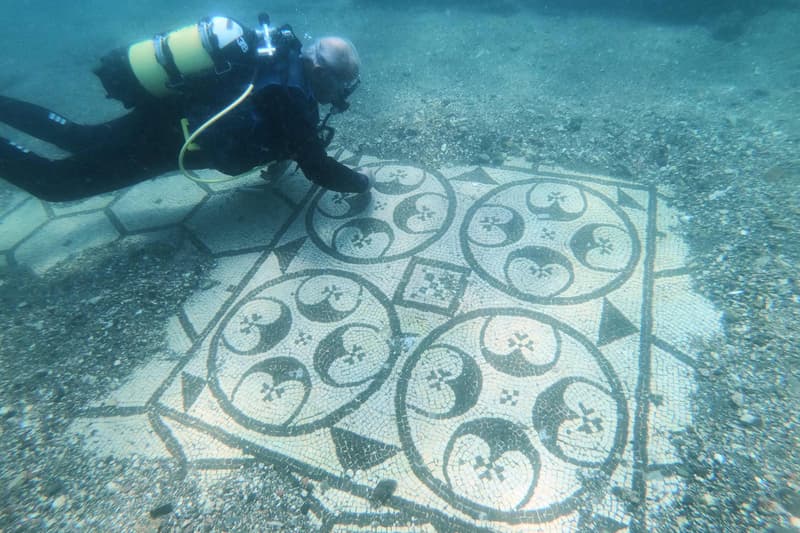
A copy of an original statue, preserved at the Museum of Baiae, of Dionysus, in the submerged ancient Roman city of Baia at the Underwater Archaeological Park of Baia, part of the Campi Flegrei Archaeological Park complex site in Pozzuoli near Naples. Photo by Andreas Solaro/AFP via Getty Images.The legendary party town of Baia, sometimes called the Las Vegas of the Roman Empire, has become a modern day tourist attraction—even through visitors need to dive some 13 feet beneath the waves of the Gulf of Naples to encounter its stunning statuary and intricate mosaics.
What is now Italy’s Underwater Archaeological Park of Baia was first spotted back in the 1940s by Raimondo Baucher, an Italian air force pilot who was flying overhead. He was snapped aerial photos of the ruined city, where roads, walls, and marble columns could still be identified.
Excavations began in earnest in 1959, aided by increasingly sophisticated scuba diving equipment. Today, many of the original statues have been moved to museums—one sculpture, Zeus Enthroned, was restituted to Italy from the Getty in Los Angeles in 2017 after it was determined to have been looted from the underwater site. But replicas still grace the seabed, part of a stunning submerged landscape that transports visitors two millennia back in time.
When Baia was on dry land, it was on the slopes of the Campi Flegrei, a supervolcano that was the source of the famed hot springs that drew ancient Romans to the region.
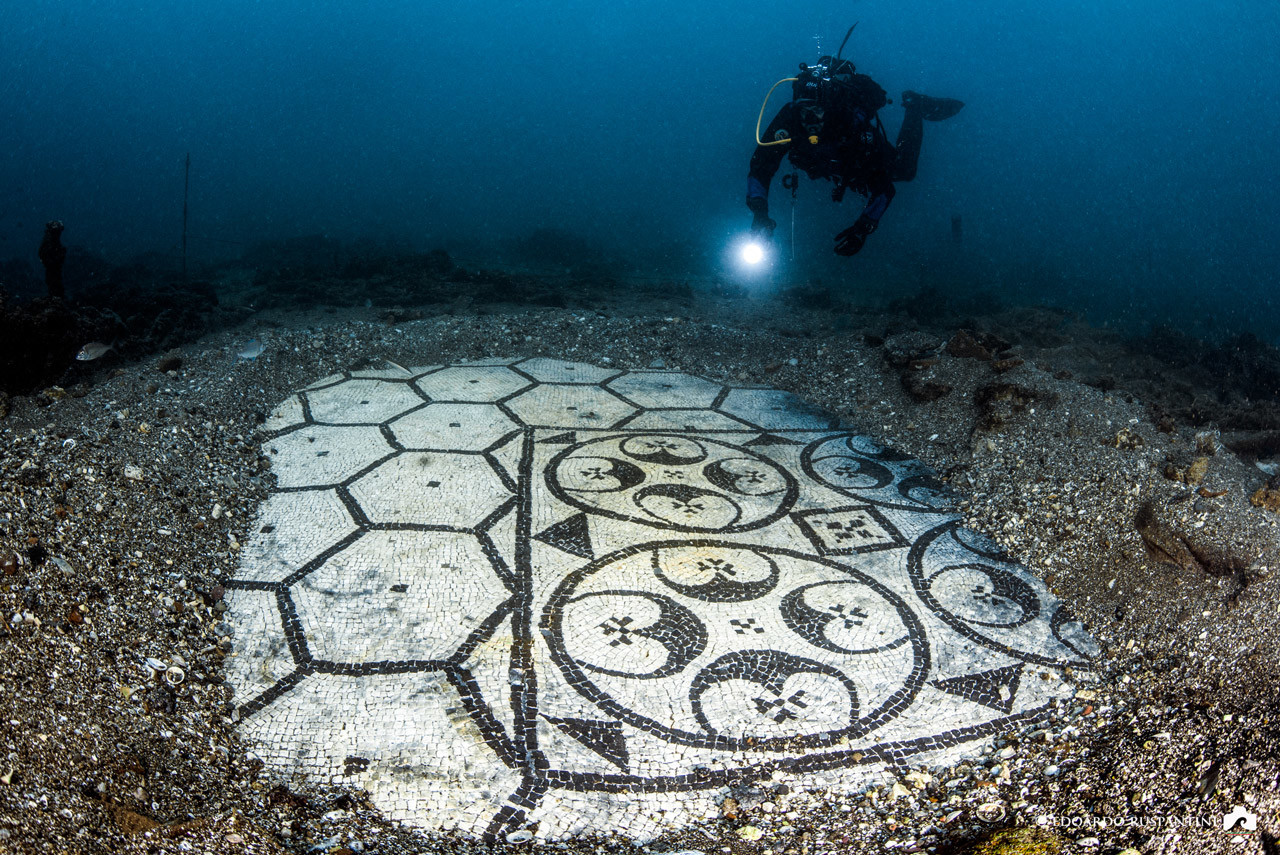
A mosaic from Villa a Protiro in the submerged ancient Roman city of Baia at the Underwater Archaeological Park of Baia, part of the Campi Flegrei Archaeological Park complex site in Pozzuoli near Naples. Photo by Andreas Solaro/AFP via Getty Images.
Baia became a popular resort town and vacation spot, home to a villa belonging to Julius Caesar, as well as properties built for the emperors Augustus, Nero, and Caligula. The hot springs were thought to have restorative properties, but Baia was a spa town with a distinctively hedonistic edge.
“We have traces of these huge luxurious rooms which must have hosted continuous parties,” archaeologist Enrico Gallochio told the Guardian. “You can imagine that, during the summer holidays, this was a place of self-indulgence, where Roman nobility could go crazy.”
The earliest records of Baia date to 178 B.C., and it would seem the town quickly got a reputation for bad behavior. A first-century B.C. account from the poet Sextus Propertius called the town a “vortex of luxury” and a “harbor of vice.”

Much of Baia was lost to the sea between third and fifth centuries as underground magma chambers caused the earth’s surface to fall, a process known as bradyseismic activity.
A copy of an original statue, preserved at the Museum of Baiae, of Antonia Minor, mother of Emperor Claudius, in the Nymphaeum of punta Epitaffio. Photo by Andreas Solaro/AFP via Getty Images.
The 437-acre underwater site, which contains such ruins as the nymphaeum of Emperor Claudius and the thermal baths of Lacus, has been a protected marine area since 2002.
Today, as part of the Campi Flegrei Archaeological Park complex site in Pozzuoli, it receives some 16,000 visitors a year to 14 separate diving points along six diving routes. In addition to being accessible to snorkelers and scuba divers, the site can be visited by canoe or glass-bottomed boat, including tours by night. Excavations are also still underway.
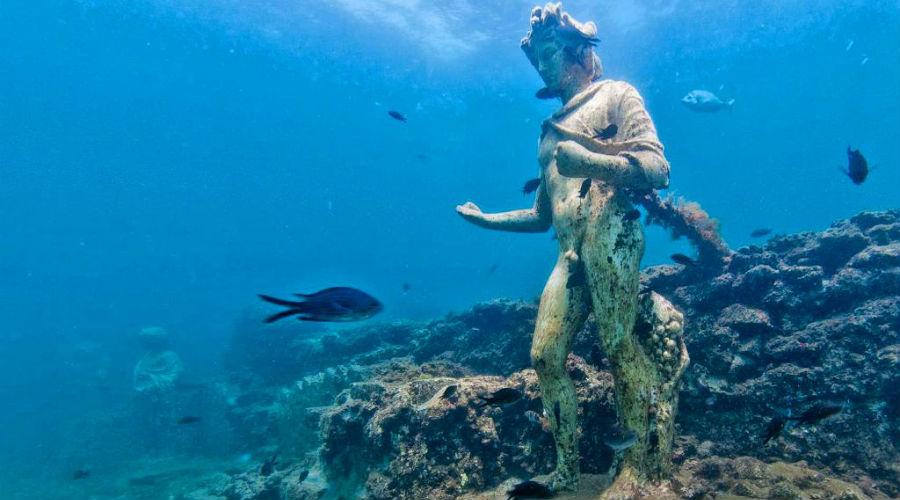
“There is still so much to discover, but it is a job that will take years,” Gallochio said.
See more photos below.
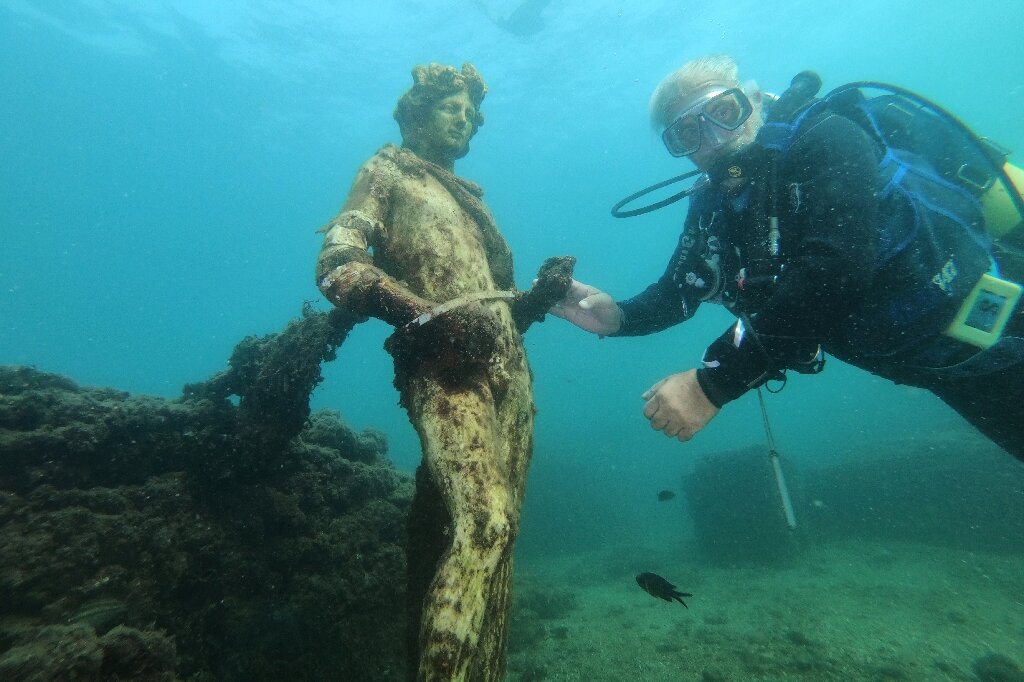
A mosaic from Terme del Lacus in the submerged ancient Roman city of Baia. Photo by Andreas Solaro/AFP via Getty Images.
A copy of an original statue, preserved at the Museum of Baiae, of Dionysus. Photo by Andreas Solaro/AFP via Getty Images.
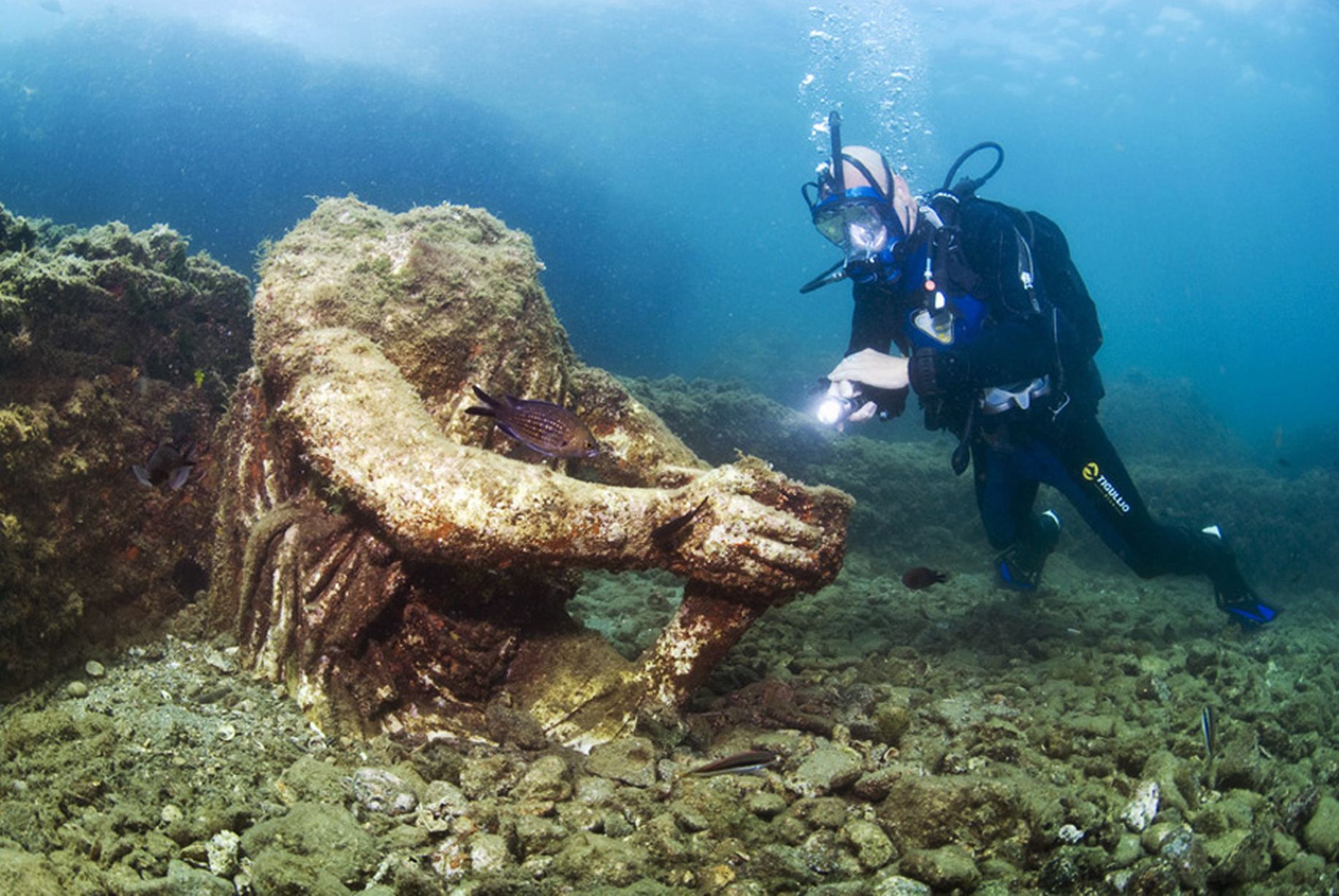
A mosaic from Terme del Lacus in the submerged ancient Roman city of Baia. Photo by Andreas Solaro/AFP via Getty Images
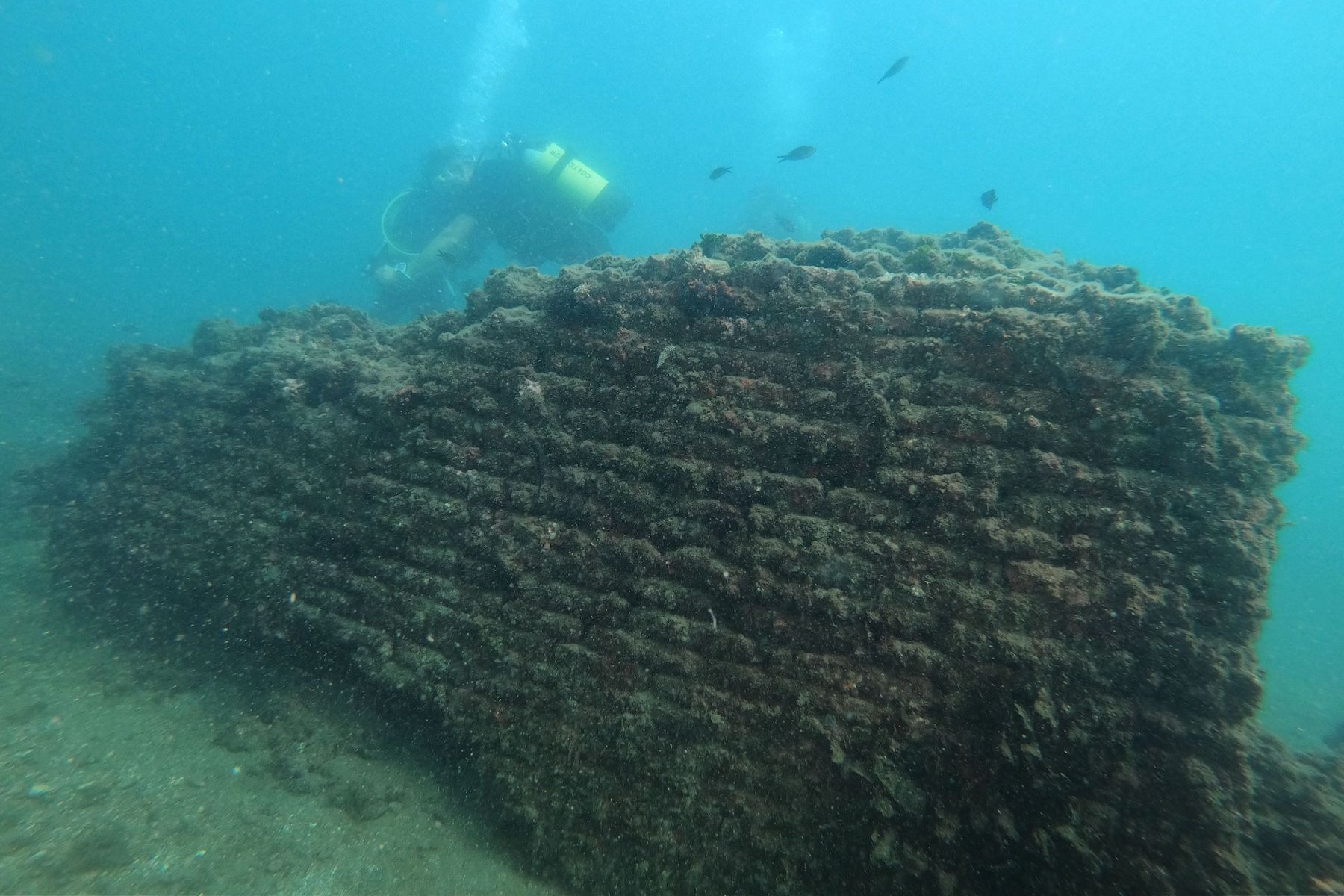
Source: https://newcarsz.com








